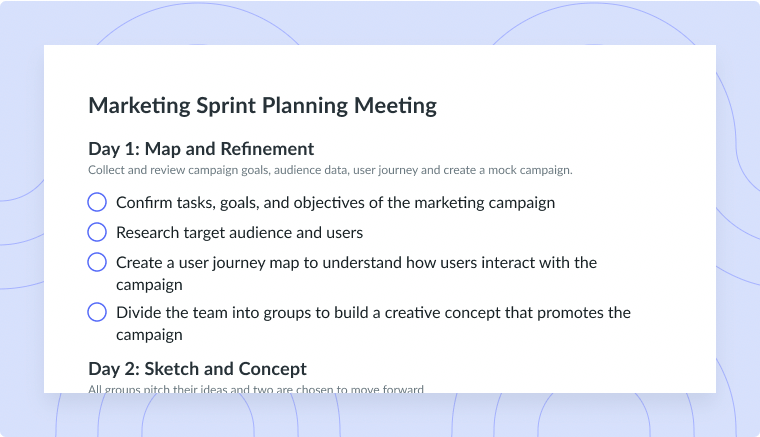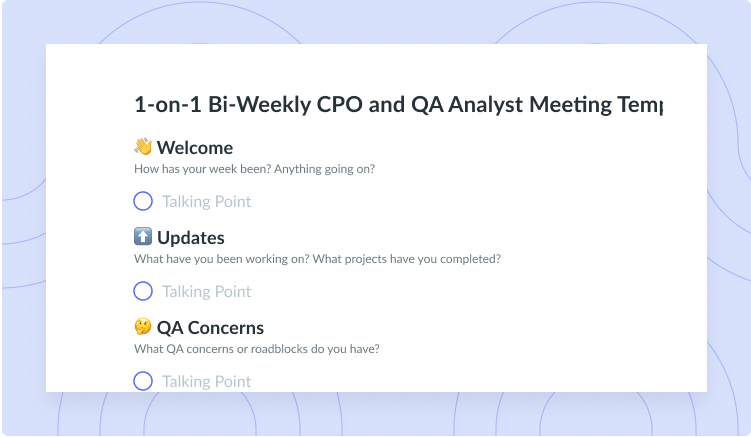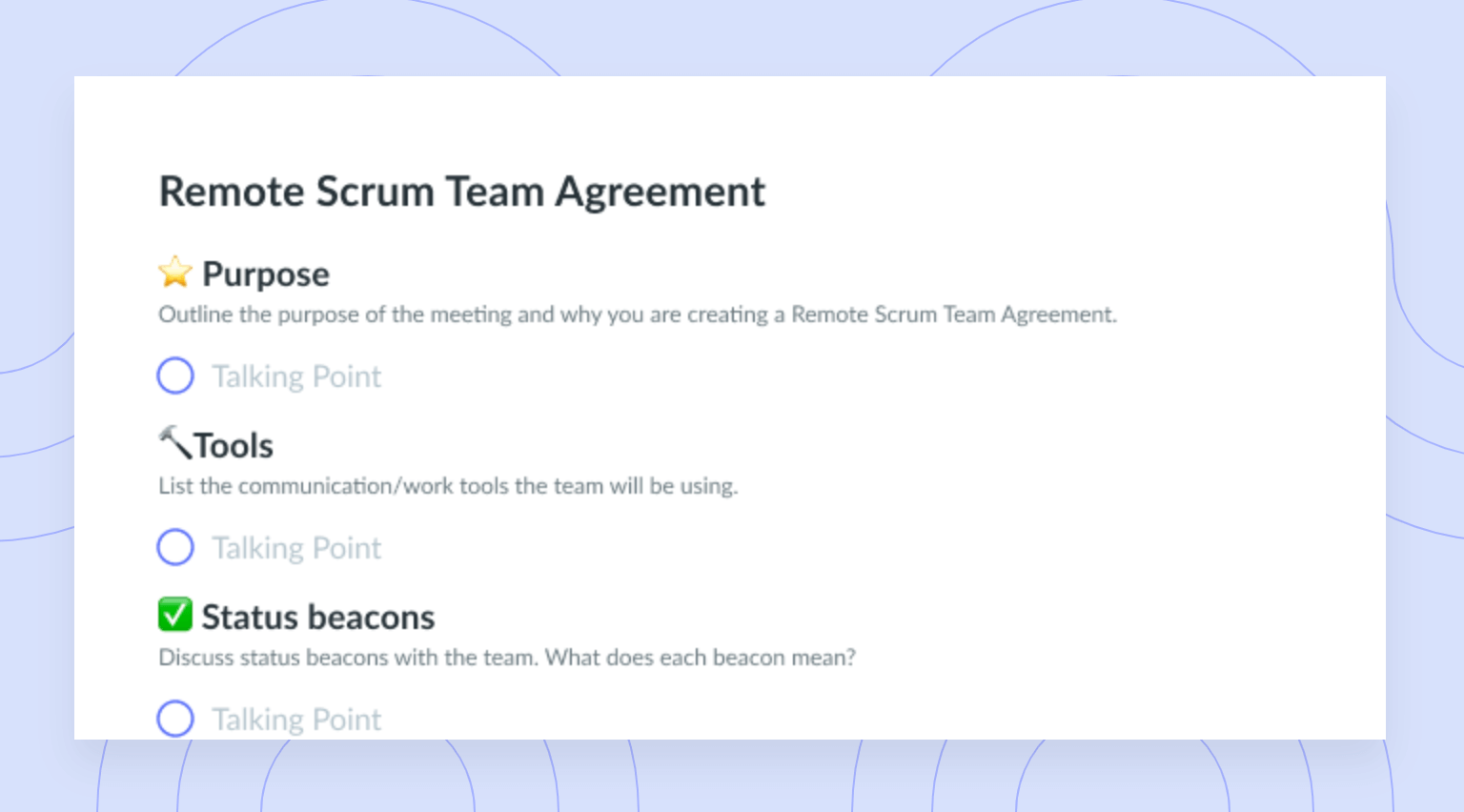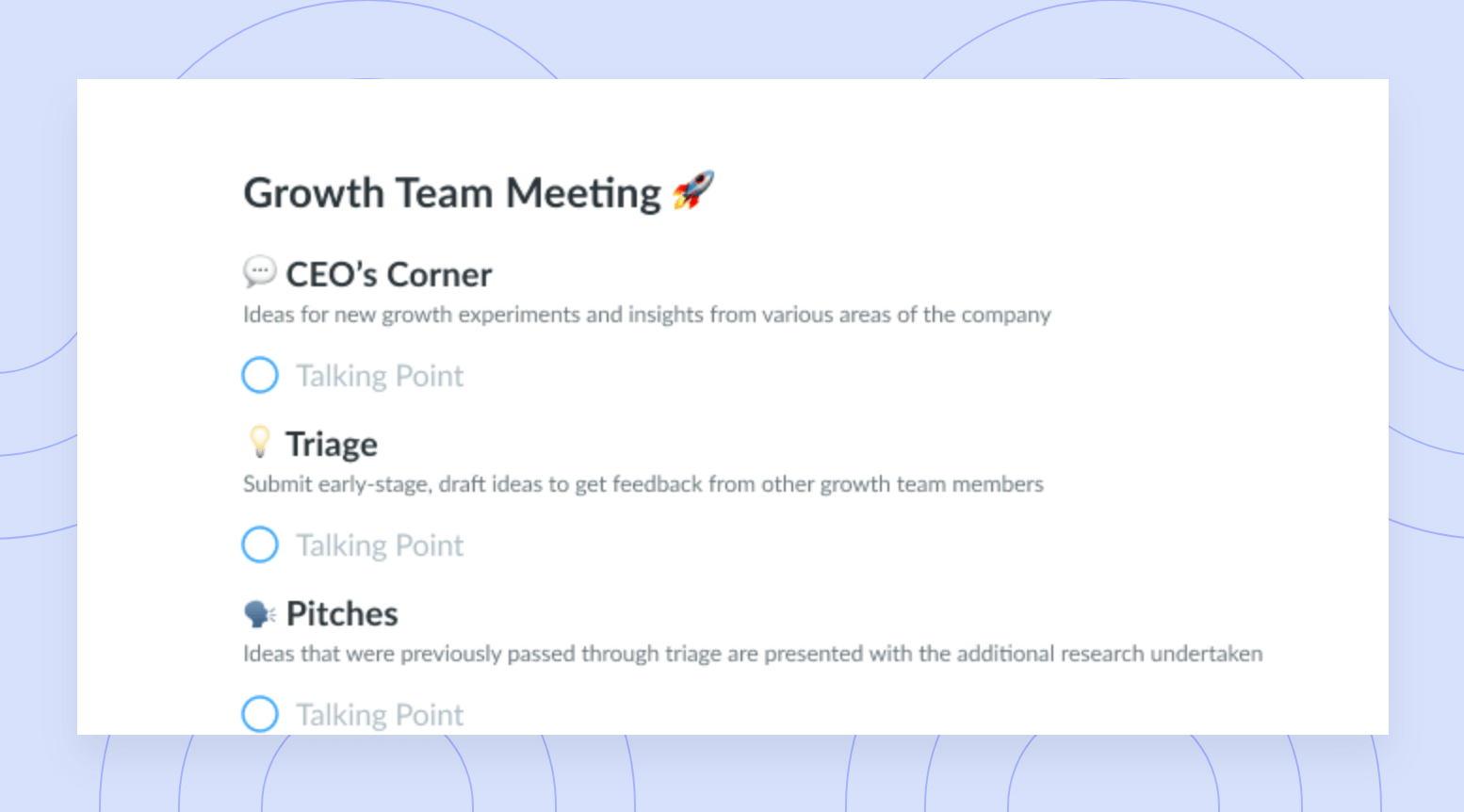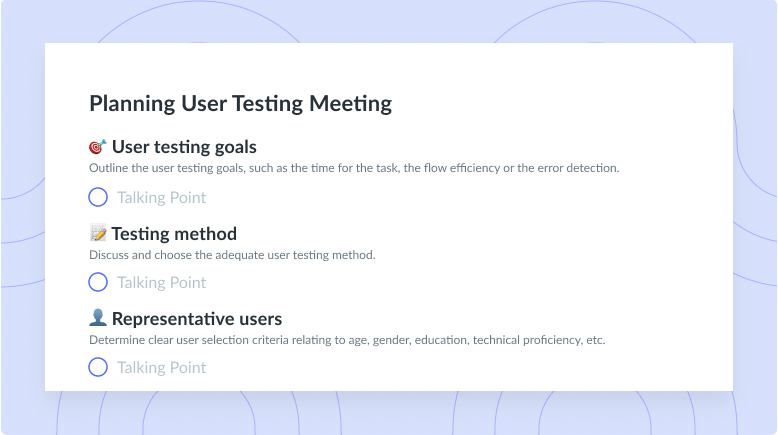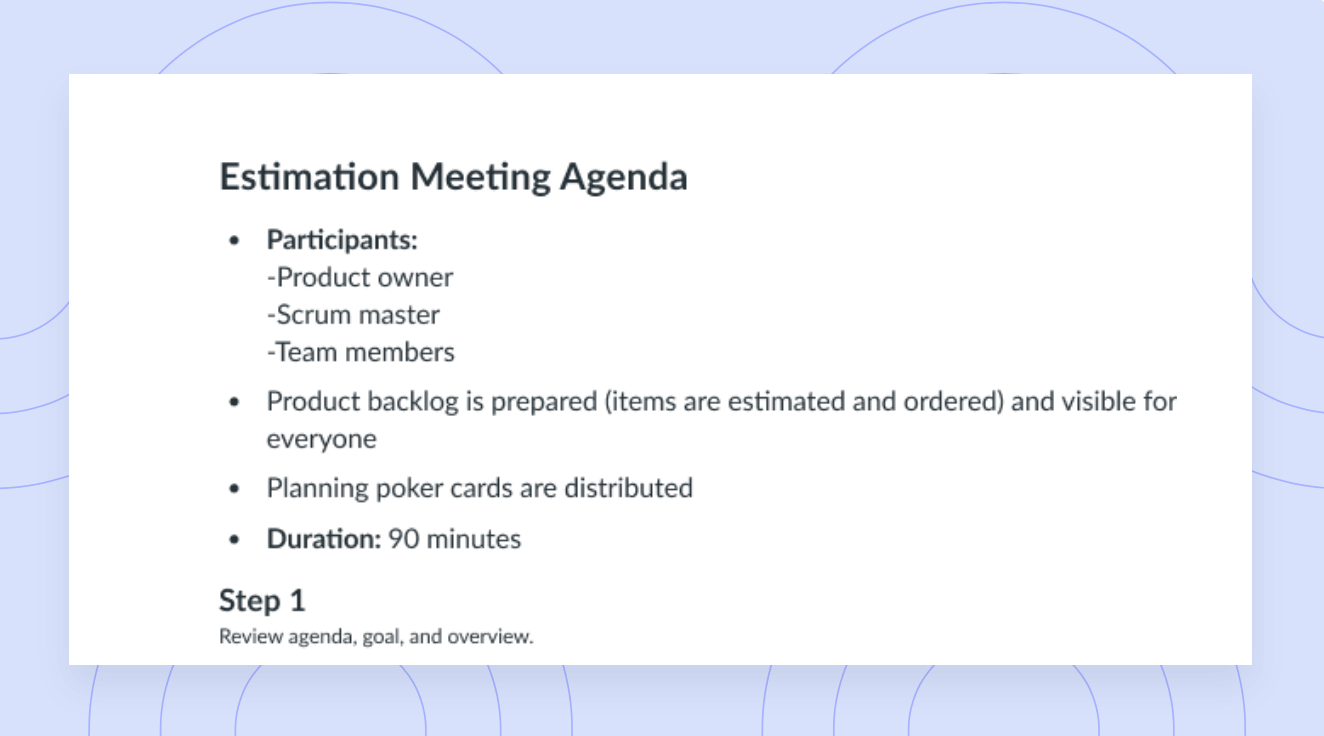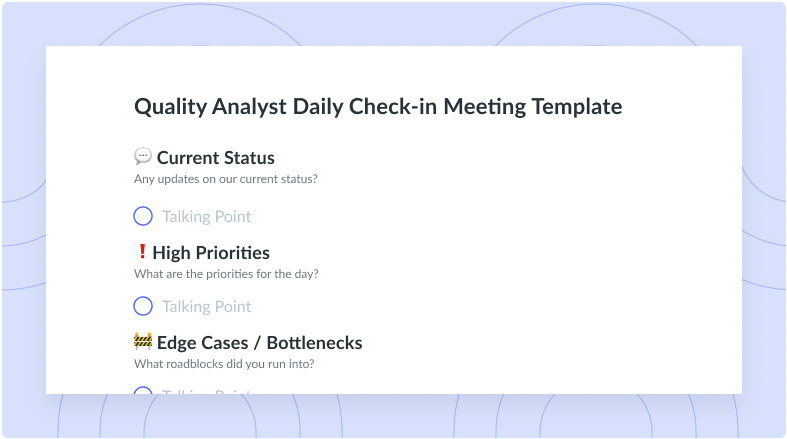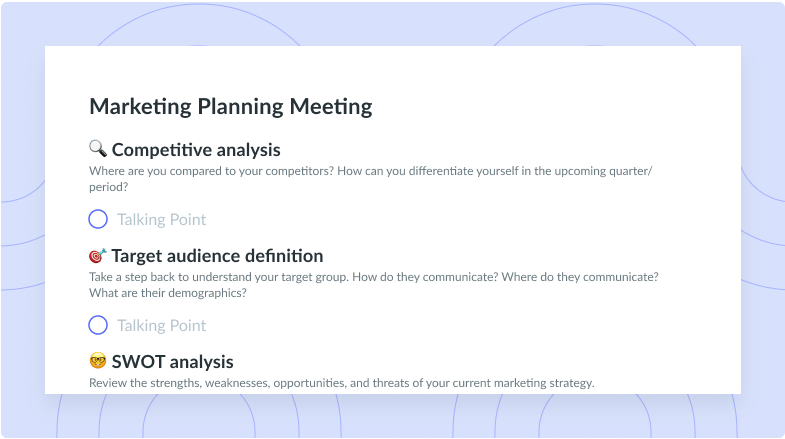Stability and Reliability Testing: 7 Types & 9 Benefits
Integrating stability and reliability testing in software development cycles will help your application stand the test of time.
Stability and reliability testing in software development is incredibly important for ensuring your system remains up and running all day long. Software that crashes often is difficult to sell to customers, and it means your developers will be spending a lot more of their day working on fixing your application rather than actually building it.
A lot of factors go into an application’s ability to stay up and running, such as internet speeds, the number of users on the system, and the amount of data being pulled in and out of the application. Employing stability and reliability testing into your regular software quality assurance (QA) processes helps ensure that your application can stand up to the forces of the real world.
- What is stability testing?
- What is reliability testing?
- 7 types of stability and reliability testing
- 9 benefits of stability and reliability testing
What is stability testing?
Stability testing measures your application’s ability to run in unprecedented conditions such as high spikes in users. Some teams might also refer to this as “endurance testing.” Additionally, it tries to find leaks in memory storage or databases that would affect the performance of the application.
To generally conduct stability testing, you want to first measure your application’s load test capacity limits. From there, you can employ a load testing tool which will bring temporary heavy traffic or data requests into your application to measure how well your application stands up. It’s a short testing process that can be done frequently (even multiple times a day).

Managing a team?
Take control of your engineering team meetings by having collaborative meeting notes and encouraging accountability with action items. Try a tool like Fellow!

What is reliability testing?
Reliability testing measures an application’s ability to do what it is intended to do. Engineers should conduct reliability testing for each environment that the application is expected to perform in to ensure that it functions well in each one. When performing this test, engineers consider the two main factors affecting reliability of a system:
- the number of faults existing in the system, and
- the way users operate the system.
Some important elements of reliability testing include modeling, measuring, and improving. Modeling, done through either prediction or estimation models, helps to assume the context in which the test should be conducted. Metrics tracked in reliability testing include product, the project management software, process, and probability of failure metrics. And the improvement component is a custom adaptation to the software to see if it will perform better in the next test.
7 types of stability and reliability testing
- Recovery testing
- Spike testing
- Scalability testing
- Volume testing
- Stability testing
- Failover testing
- Stress testing
1Recovery testing
Recovery testing measures a software application’s ability to fully recover after experiencing downtime. Although a lot of systems regularly make backups of the application, this backup would be worth nothing if the system was not able to successfully recover and restore the backup. Any new bugs, formatting issues, missing content, or performance lags after restoration are signs of failed recovery testing.
2Spike testing
Spike testing means creating an immediate increase or decrease in load for your software system. Performing this type of testing helps see if your system can handle unexpected demand, such as when Ticketmaster’s site crashed as millions of Taylor Swift fans swarmed in to buy presale concert tickets in November.
3Scalability testing
Scalability testing measures how many users can be accessing the site at once. Unlike spike testing, scalability testing doesn’t necessarily flood the application with a ton of new user requests at once. Rather, it looks for the long-term ability of the application to accommodate a high volume of new users.
4Volume testing
Volume testing looks at the amount of data flowing through an application. The more data that flows through, the more potential there is for the site to crash or load slowly. Slow page load speeds can negatively affect customer experience and Google’s search engine optimization (SEO) algorithm, so it’s very important to make sure your system can operate lots of information with ease.
5Stability testing
Basic stability testing measures how long your system can stay up when interrupted. More specifically, it looks to see if there are any memory leaks or unexpected downtime outside of the software’s staging environment. Stability testing can be conducted before releasing your code to production to ensure that it is error free and will run well under most conditions.
6Failover testing
In the case of an outage, you want to be confident that you can move your files over to another server (at least temporarily while you work to resolve the outage). Failover testing measures your system’s ability to move information over from the existing server to another in the event of a crash. The sign of a successful test is that the information transfers over smoothly and little downtime is experienced by the end user.
7Stress testing
Stress testing means pushing the application to its absolute limits. When the software fails, you know you have reached the furthest point. Multiple versions of reliability and stability testing can be categorized as stress testing. When conducting this type of test, a best practice is to ensure that you have a backup of your system and have already conducted successful failover testing. With these in place, you minimize risks to your production environment when the stress test crashes your system.
9 benefits of stability and reliability testing
- Protects data
- Ensures the long-term success of systems
- Checks for errors in programs
- Improves forecasting precision
- Identifies shutdown and responsivity issues
- Decreases the chance of system downtime
- Ensures system performance after fine-tuning caches
- Decreases the risks of system failure
- Identifies primary system defects
1Protects data
Whether you run a small local business or a large-scale enterprise system, there’s no doubt that you process valuable customer and business data. This data helps you form insights about who your customers are and what products or features perform the best, and the data may even contain some competitive advantage intelligence. It’s difficult to place a monetary value on how useful the data in your system can be for your business, but it is very important. Having confidence that your systems will protect, recover, or transfer your data in the event of a crash will definitely help you sleep better at night.
2Ensures the long-term success of systems
Systems that regularly fail testing are difficult to maintain, and developers lose motivation to work on them. So overtime, even more issues might arise. Testing frequently helps your team catch issues early and begin planning for a fix as soon as possible. In the long-term, this helps your system succeed as it has the attention and resources allocated to it to help it execute on what it was designed for.
3Checks for errors in programs
Some common program errors found through testing include memory leaks, too much latency, or logic errors. Logic errors occur when the code is inherently wrong, and the program therefore can’t execute that functionality. A famous example of a logic error was the loss of a 1962 spacecraft called the Mariner 1. The faulty code meant that NASA lost control of the spacecraft just after launch, a catastrophe that totaled up to $18 million in losses at the time (equating to about $170 million in today’s dollars!) If NASA had thoroughly tested before launch, this error may have been avoided.
4Improves forecasting precision
With frequent testing, engineering teams can come to expect how many issues they will find in every test. They will also be able to time how long tests take to conduct and resolve, as well as measure the financial impact of each test. Knowing these details helps engineering managers to budget and schedule well in advance, keeping the team more efficient.
5Identifies shutdown and responsivity issues
It’s always a good idea to have a crisis plan in place if your application unexpectedly crashes. However, if you can’t rely on your system to effectively transfer data to another server or recover a backup, your post-crash incident response planning will become a lot more complex. Failover and recovery testing are two great practices to incorporate as part of your system QA process to help find these issues early—before a real crash actually occurs.
6Decreases the chance of system downtime
Reliability and stability testing allows your team to familiarize themselves with a “typical” or “expected” system performance. Then, when your team can quickly differentiate between normal vs. abnormal application behaviors, it becomes easy to see when the system is in distress and to possibly implement a solution before a crash occurs. This testing also equips your team with knowledge of existing issues so they can begin prioritizing patches and hopefully avoid any risk of downtime entirely.
7Ensures system performance after fine-tuning caches
The processing performance of a system is greatly affected by the cache, which is the high-speed memory sitting inside the system. Caching data can endlessly grow over time if not cleared out or set up correctly. Through multiple test rounds, you can find the optimal cache size, expiration policy, and eviction policies for your cache to ensure peak system performance.
8Decreases the risks of system failure
System failure doesn’t just mean experiencing downtime. For example, a bug in New Jersey’s vaccine management system caused all appointments to have a duplicate booked at the same time. Not only does this issue increase the data load managed by the system, but it also increases the administrative burden on healthcare professionals and decreases reputation between the care clinic and patients. In this example, the system developers failed to regularly conduct stability testing which could have spotted the issue sooner.
9Identifies primary system defects
System defects can occur from poorly designed architecture, integration, or configuration decisions. As applications grow, the risk of a crash increases with each release. It can also be more complex to locate a specific error when an application becomes very feature-rich. But testing with each release means it’s easier to target where an issue might be occurring so you can implement a patch right away.
Parting advice
Scaling software development processes is no easy feat. And with increased pressures on engineering teams to get more code out the door as fast as possible, it can feel like quality assurance is an easy step to skip. But it comes with huge risks. Finding a way to efficiently integrate stability and reliability into your software development process will help your application stay up and running for a long time.

![On-Call Engineering Best Practices [+ Pros & Cons]](https://fellow.app/wp-content/uploads/2022/09/On-Call-Engineering-Best-Practice.jpg)








